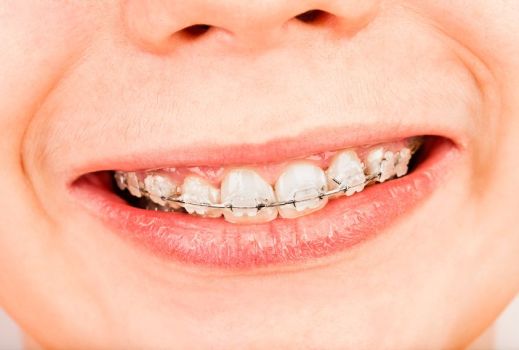As a parent, you may be aware of the American Association of Orthodontists’ recommendation to have an orthodontist check your child’s teeth by age 7 as a precautionary measure. In some instances that might call for a two-phased approach to your child’s orthodontic treatment.
So what is a two-phase orthodontic treatment? How is it different from regular orthodontic treatment? And when is it necessary? Looking at what the two phases are might help to answer many of the questions you might have.
Phase I Treatment
Phase I treatment is also known as Interceptive, Early and Preventative Treatment, and is typically prescribed for children from 7-10 years old to aid in correct jaw development.
Often with the help of orthodontic appliances (like an expander or headgear, and braces on the permanent teeth), Phase I helps reduce the severity of future malocclusions (or bad bites) and gives permanent teeth the proper space to grow.
Phase I is used as a preventative measure to lessen some of the more severe orthodontic conditions in pre-teens, like crossbites and overbites, before braces are put on in the second phase. Not all children that require braces are candidates for this type of early treatment. In some instances, it can reduce the need for oral surgery to correct issues down the road. (To learn more about Phase I treatment you can read our blog post.)
Although not a tangible benefit of Phase I treatment, avoiding the teasing in the more socially formative years of their lives can be of significant benefit to the psychological well being that a young child. A self-esteem boost can be worth the earlier treatment.
Resting Period
Between the two phases, while all the permanent teeth come in, there is a “resting period.” This is essentially an observational and general maintenance period. Every 3-6 months the orthodontist monitors teeth, checks devices and takes X-rays to ensure proper development.
Phase II Treatment
Phase II begins when all of the permanent teeth have erupted and braces (normally upper and lower) can be applied. It is what most people would consider the traditional orthodontic treatment.
New records and a new treatment plan are created. Permanent braces are fitted—as well as any other necessary devices—and the process of correctly aligning the adult teeth for a healthy and functional bite is started.
As a general rule, Phase II takes anywhere from 12-24 months; however, there is some research that suggests Phase II treatment can be shorter as a result of Phase I treatment. Phase I treatment also helps to make the second phase less complicated in more severe cases.
No matter which type of treatment is recommended for you or a family member in and around Baltimore, Orthodontic Associates has the expertise to make sure that you get the best treatment possible. We have nine convenient locations around Baltimore to choose from, as well as a full range of services and state-of-the-art technology to send you away smiling! Contact us today to set up your initial consultation.



